Cherished belief shattered!
ltecato
13 years ago
Related Stories

MOTHER’S DAYWhat We've Learned From Mom About Home
Share cherished memories as Houzzers recall the special traits, insights and habits of their mothers
Full Story
HOUZZ TOURSHouzz Tour: A Minnesota Home Is Loved Back to Life
An industrious family serves unwanted critters an eviction notice, turning their house from run-down to lived in and cherished
Full Story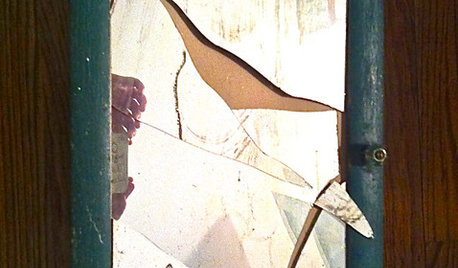
LIFEDo You Believe in Luck Around the House?
Broken mirrors, spilled salt, an unavoidable ladder — superstitions don't seem to affect this homeowner. Knock wood
Full Story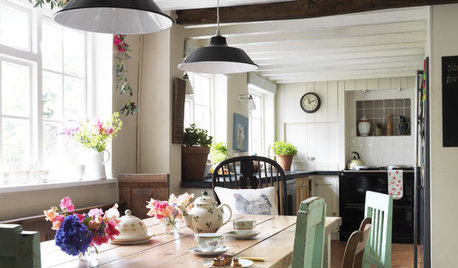
MOST POPULAR4 Obstacles to Decluttering — and How to Beat Them
Letting go can be hard, but it puts you more in control of your home's stuff and style. See if any of these notions are holding you back
Full Story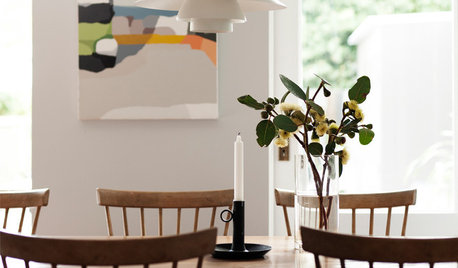
DECORATING GUIDESBudget Decorating: How to Decorate Smart and Slow
To make the most of your decorating dollar, forgo the disposable stuff, think vintage and free first and give yourself a splurge
Full Story
PATTERNFit to be Tiled: Get Some Pattern on the Floor for Excitement Underfoot
Get all the visual delight of a rug with more durability by treating your floors to a pattern done up in tile
Full Story
BATHROOM DESIGNShould You Install a Urinal at Home?
Wall-mounted pit stops are handy in more than just man caves — and they can look better than you might think
Full Story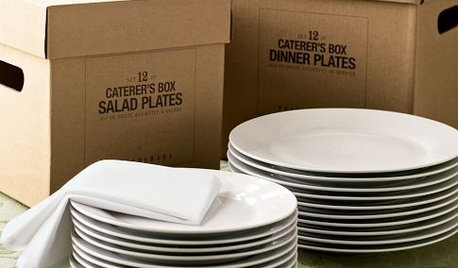
PRODUCT PICKSGuest Picks: White Dinnerware for the Holidays and After
Table settings in white can take you through the entire entertaining season and beyond, whether your style is casual or formal
Full Story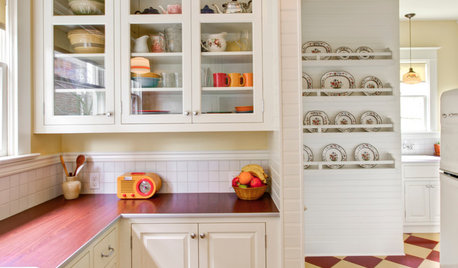
VINTAGE STYLEKitchen of the Week: Cheery Retro Style for a 1913 Kitchen
Modern materials take on a vintage look in a Portland kitchen that honors the home's history
Full Story
DECORATING GUIDESDitch the Rules but Keep Some Tools
Be fearless, but follow some basic decorating strategies to achieve the best results
Full Story



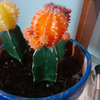
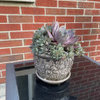
xerophyte NYC
xerophyte NYC
Related Discussions
I think I'm going to be ill!! :~(
Q
please help!! need to id bulldog figurine/statue
Q
Mirandy (Long)
Q
Quotes 11 - 30 - 15
Q
penfold2
paracelsus
ltecatoOriginal Author
bluebonsai101
penfold2
puglvr1
bluebonsai101
beachplant
penfold2
greenman28 NorCal 7b/8a
penfold2
amccour
lzrddr
penfold2
cactusmcharris, interior BC Z4/5
beachplant
bluebonsai101
penfold2
bluebonsai101
xerophyte NYC
tjicken
meyermike_1micha
xerophyte NYC
amccour
meyermike_1micha
xerophyte NYC
cactusmcharris, interior BC Z4/5
xerophyte NYC